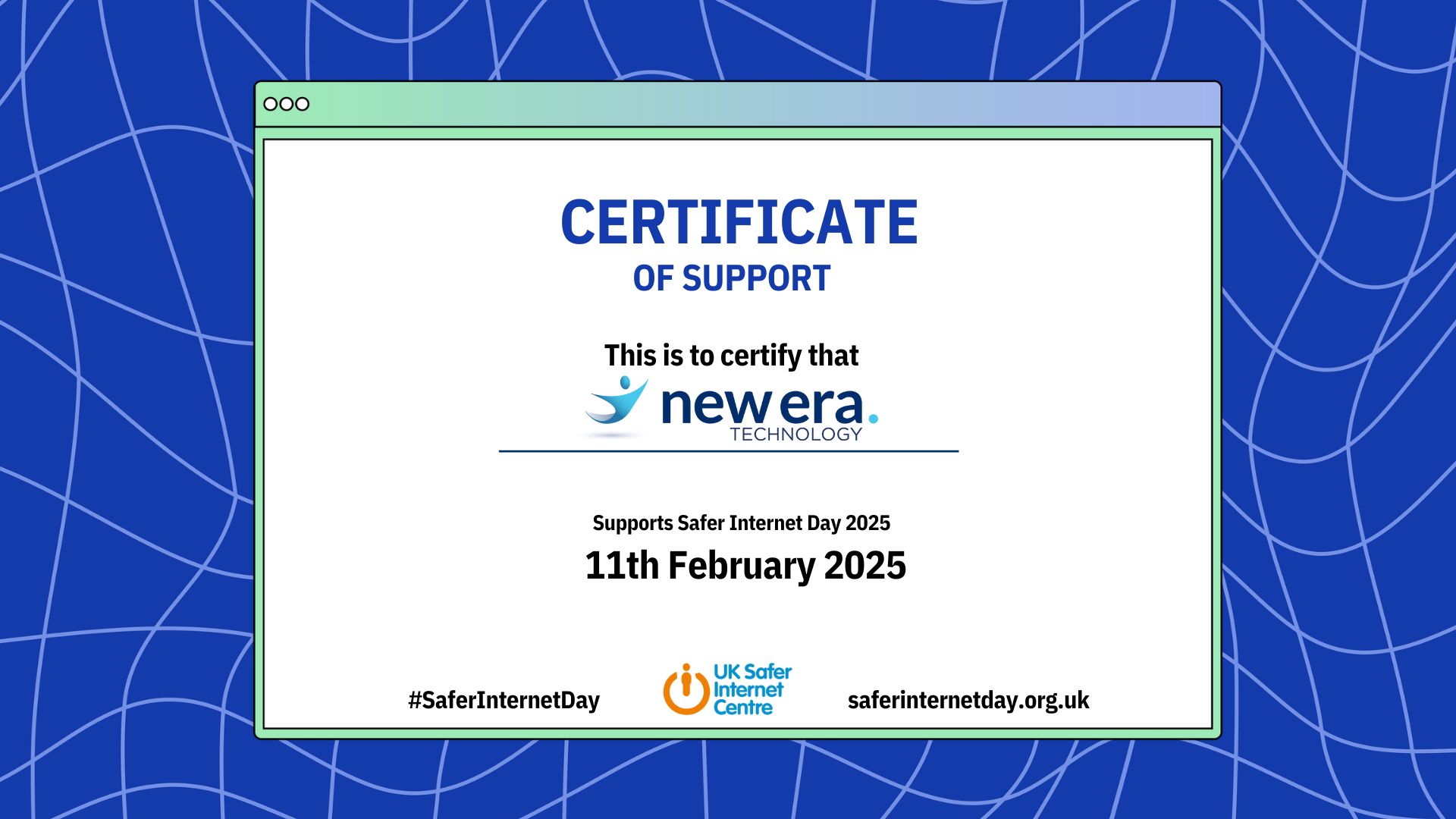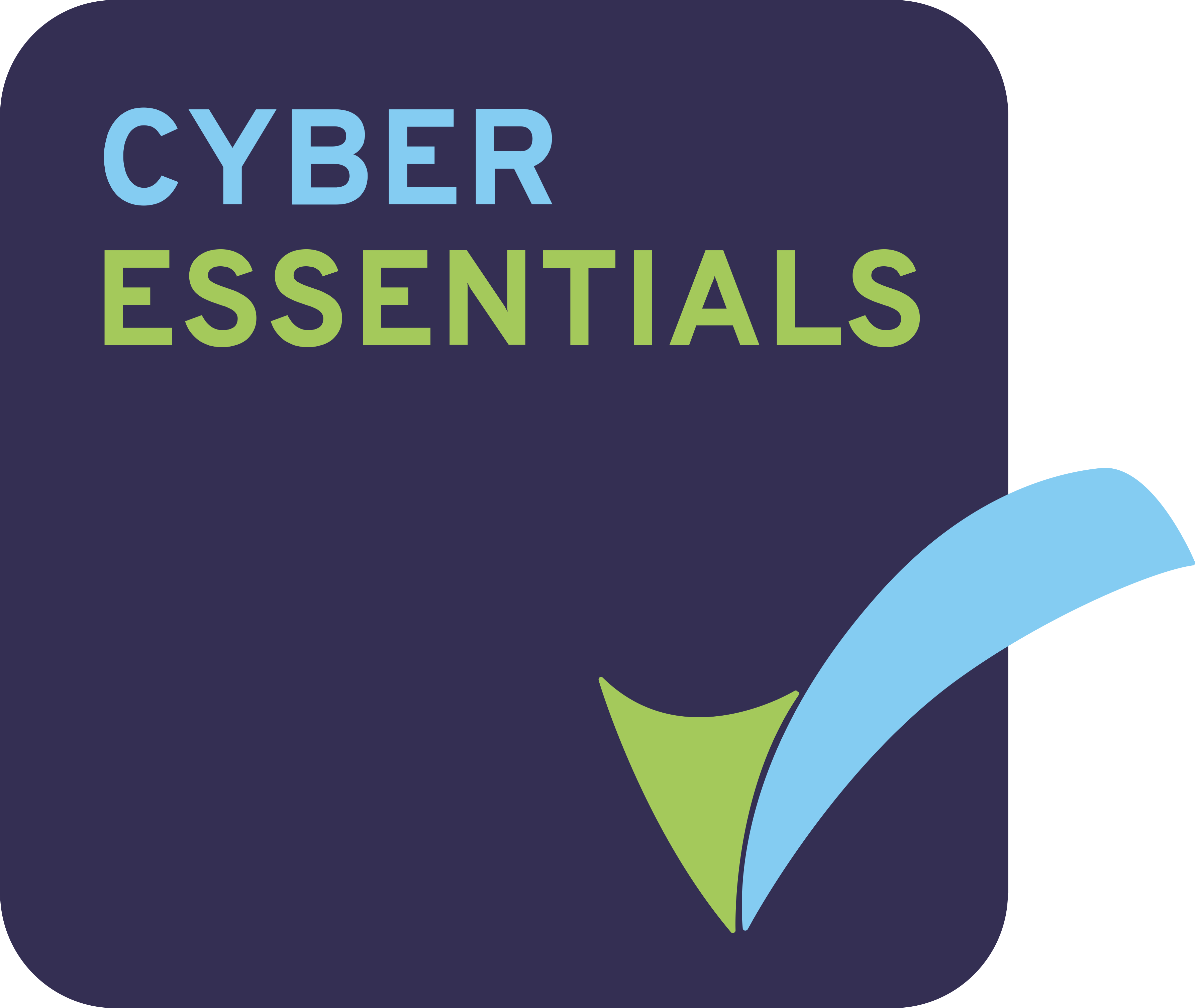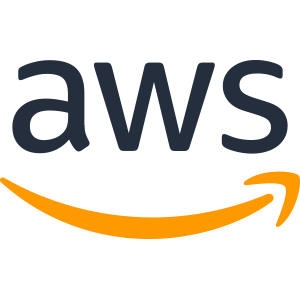With increasing collaboration and integration, organisations frequently need to grant temporary access to external users, such as contractors, consultants, and partners. This access is essential for many organisations, where digital ways of working have replaced analogue practices. But without access these users cannot work as effectively as their peers and colleagues within the organisation, if they can work at all.
This erodes the efficiency gains of digital transformation, frustrating users and driving them towards shadow IT efforts. These well-intentioned but unauthorised efforts to get their work done can backfire badly on the organisation. Effective management of guest accounts is as crucial for security as collaboration.
The Business Case for Guest Access Management
Guest access management is often poorly prioritised within Identity and Access Management (IAM) strategies because there is rarely a stakeholder having responsibility for guests. Consequently, it often falls on the IT leadership to advocate for guests and ensure that the issue is considered appropriately.
- Risk Mitigation: By enforcing robust security controls and eliminating “shadow” guest accounts, organisations can better protect their data and systems.
- Cost Savings: Preventing unauthorised access and ensuring compliance can save organisations from costly data breaches and regulatory penalties.
- Enhanced Collaboration: By simplifying and securing access for external users, IAM fosters better collaboration with partners, contractors, and other stakeholders.
- Operational Efficiency: Automating guest account workflows reduces the burden on IT teams, freeing them to focus on higher-value tasks.
The Challenges of Managing Guest Accounts
Guest access management is inherently more challenging than for the organisation’s own users.
- Temporary Nature: Guests often only require access for a limited duration, making manual tracking and deprovisioning a complex and error-prone task. Guests may be known to their hosts, but not to the organisation, making identity validation and credentialing hard.
- Diverse Needs: Guests frequently require customised access tailored to specific projects or roles. This adds complexity to provisioning processes, and increases the difficulty of managing Role-based Access Control (RBAC).
- Security Risks: Uncontrolled guest accounts increase the risk of unauthorised access, data breaches, and non-compliance with regulatory standards. This can be aggravated by their hosts’ desire to make their experience as easy as possible, leading to practices that would not usually be tolerated.
- Lack of Visibility: Without proper tracking, organisations may lose oversight of active guest accounts, leading to “account sprawl” and potential vulnerabilities.
- Regulatory Compliance: Managing guest accounts in compliance with data protection regulations such as GDPR, CCPA, or industry-specific standards can be challenging, especially when dealing with users from different jurisdictions.
The Benefits of Using Able+ for Guest Account Management
Able+ provides powerful tools for managing guest accounts, addressing the unique challenges they present while delivering significant operational benefits. It can transform the way organisations manage guest accounts, offering the following advantages:
- Integration with Existing Identity Providers (IdP): Guests can be onboarded using an account from a third-party Identity Provider. This can include a partner organisation’s Enterprise IdP, such as Microsoft Entra; or a social IdP, such as Google or Facebook. The user can utilise their third-party IdP to onboard and authenticate using this identity’s credentials. This avoids the need for the host organisation to issue the user with new credentials, which is good for both parties.
- treamlined Onboarding and Offboarding: Able+ automates the process of provisioning and deprovisioning guest accounts. External users can be granted access quickly while ensuring access is automatically revoked when no longer needed. Guests enjoy a frictionless onboarding process and intuitive self-service options that enhance guest satisfaction and reduce administrative overhead.
- Consistent Management of the Identity Lifecycle: Able+ uses the same mechanisms to manage the identity lifecycle of guest accounts as standard user accounts. This ensures that guest account processes are aligned with organisational workflows, avoiding duplication of identity lifecycle configuration and data silos.
- Enhanced Security: Able+ enforces stringent access controls, such as multi-factor authentication (MFA), conditional access policies, and role-based access management. These mitigate the risk of unauthorised access and ensure guest accounts operate within defined security policies. Access permissions can be tailored to specific guest roles, ensuring external users have the minimum access necessary to perform their tasks (often known as the Principle of Least Privilege).
- Improved Visibility and Compliance: Able+ provides a centralised view of all guest accounts, including details on access permissions, activity logs, and expiration dates. This visibility simplifies audits, supports regulatory compliance, and reduces the likelihood of “orphaned” accounts. Robust logging, reporting, and real-time analytics help organisations detect suspicious activity, ensuring compliance and security.
Conclusion
Able+ revolutionises the management of guest accounts, offering a blend of enhanced security, streamlined processes, and scalability. With the right IAM solution in place, businesses can confidently extend their digital resources to external users, knowing that access is managed with precision and care.

 Australia
Australia Canada
Canada LATAM
LATAM New Zealand
New Zealand UAE
UAE United States
United States








